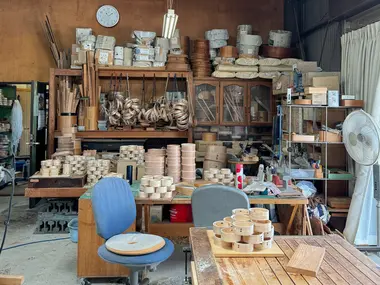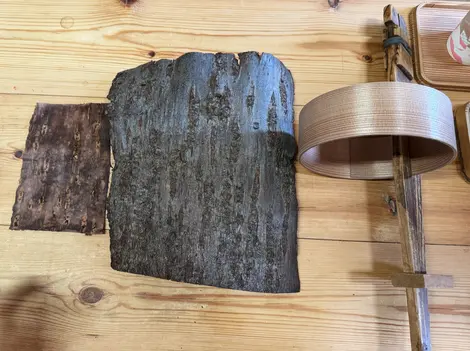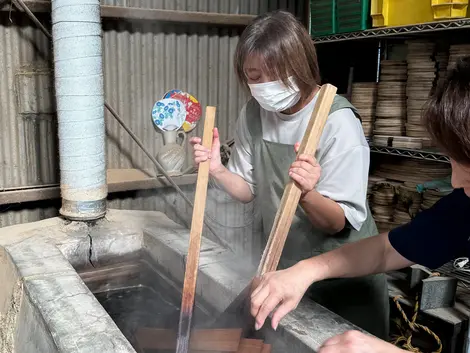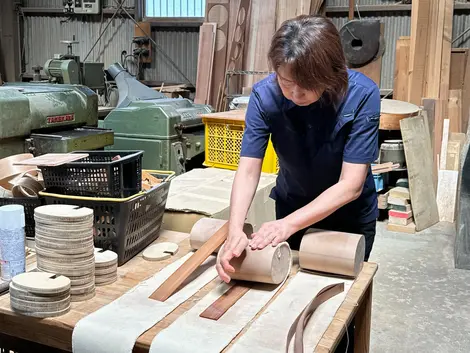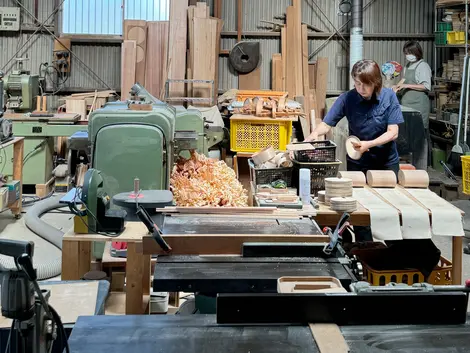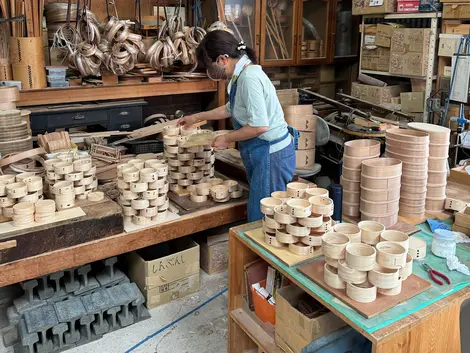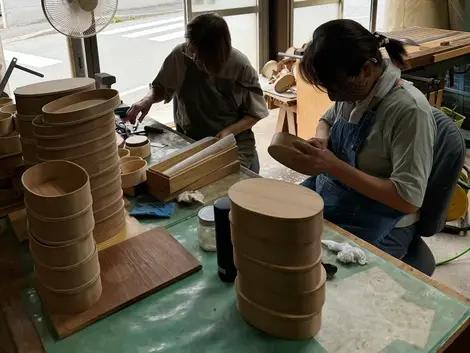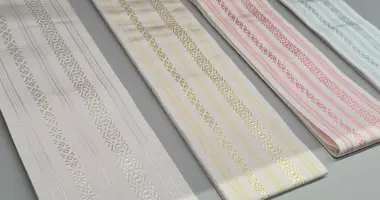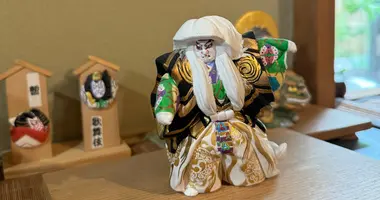Hakata Magemono: an artisanal craft for everyday use
- Published on : 14/11/2024
- by : Joshua
- Youtube
Magemono has a centuries-long history within the Hakata area of Fukuoka. Created with local wood that is heat-treated and then bent into shape, magemono has a distinct look and practical use, making it one of the most best-recognized crafts from the island nation.
There’s a lot that can be understood about someone by the belongings they carry with them. Even from Japan's ancient times, it would not be uncommon to find somebody carrying a magemono, which is a type of small wooden box used for general storage. The mage in magemono means “bent” or "curved” and refers to the construction of the boxes, in which thin strip veneers of wood are heated, bent, then fastened together. Though they come in many shapes and forms, magemono are most often seen as lunch or bento boxes, especially suiting Japanese food as the construction helps absorb excess moisture from cooked rice. Magemono are staples of sushi restaurants for this reason.
The history of magemono goes back literally centuries, and the area of Hakata in Fukuoka is cited as the birthplace of these wooden crafts. Despite their largely utilitarian purpose, magemono have their religious origins, originally serving as vessels for offerings to the gods of Hakozaki Shrine. Eventually, they were adopted for everyday use and purposes, particularly when train travel became more standardized in Japan and the demand for on-the-go lunch boxes grew.
As the production of Hakata magemono continued, the same techniques and crafts were applied to different items, such as food trays and tea powder storage containers.
Well-taken care of, high-quality magemono pieces can be used for up to 50 years, gradually changing in color and developing a distinct patina that reflects wear and tear over the years. Eventually, especially in Hakata, magemono began to become canvases for artwork, adorned with gorgeous imagery of traditional Japanese motifs.
Continuing the Craft
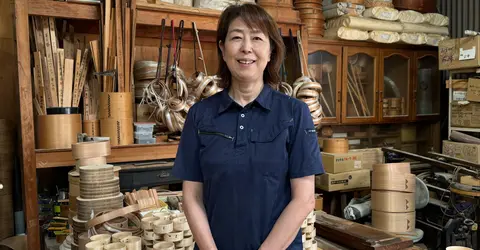
Tamaki Shibata, 18th generation Hakata magemono artisan
@Japan Experience
Tamaki Shibata and her family are doing work that is the culmination of over 400 years of Hakata history. The Shibata family has been producing magemono in Hakata for generations, with Tamaki and her sisters being the 18th in their family line to take up the mantle and carry on the storied craft. Their process remains traditional, everything done fully by hand, both modest yet rigorous in nature. For example, the creation of a magemono bento box is as follows:
- Strips of Japanese cedar (sugi) or cypress (hinoki) are stripped of the exterior bark.
- Strips are cut down into workable veneers and then soaked in a hot water bath, softening them and making them more malleable.
- The softened wooden strips are set on a rolling wheel, where the flexible wood is then curved into a desirable shape.
- Thinner pieces of cherry wood (sakura) are also softened and then woven into the piece to fasten both ends together.
- The additional components are made for the magemono piece’s base, be it lids or other accessories.
Though the task seems easy at first glance, it is deceptively simple. From start to finish, creating one of these handmade boxes takes about two weeks to complete. Within the workshop, the juxtaposition of unworked wood slabs next to pristine completed magemono goods can be a jarring reminder of the respect the craft demands. The Shibata workshop is adorned with their varied goods on shelves, piled high and packed closely together, some of which serve as a unique canvas for lush, hand-painted images.
While the techniques of the atelier and magemono as a whole are long-time staples of Hakata, the Shibata family stand as outliers in their sphere, with the number of practicing artisans dwindling as the years go by, with less-and-less of the new generation willing to be passed the torch. In response, Tamaki Shibata and her family have found ways to adapt their work for the modern world, creating products such as clocks, smartphone cases, and even USB-powered humidifiers, testament to the universal utilitarianism and timelessness that define magemono as a craft.
You can find more information about this activity as well as book it right here.
Address, timetable & access
More details and reservation for visiting the workshop:
Address
2-chōme-6 Befunishi, Shime, Kasuya District, Fukuoka
811-2232
Japan
Timetable
9:30~17:30 | Closed SundaysWebsite
https://enjoykyushu.com/detail/bokun/930224/

